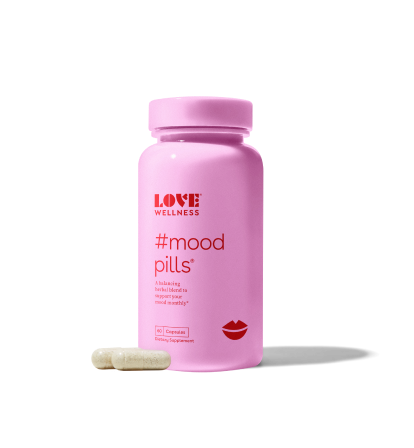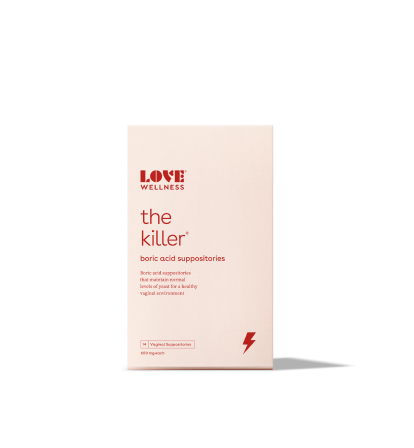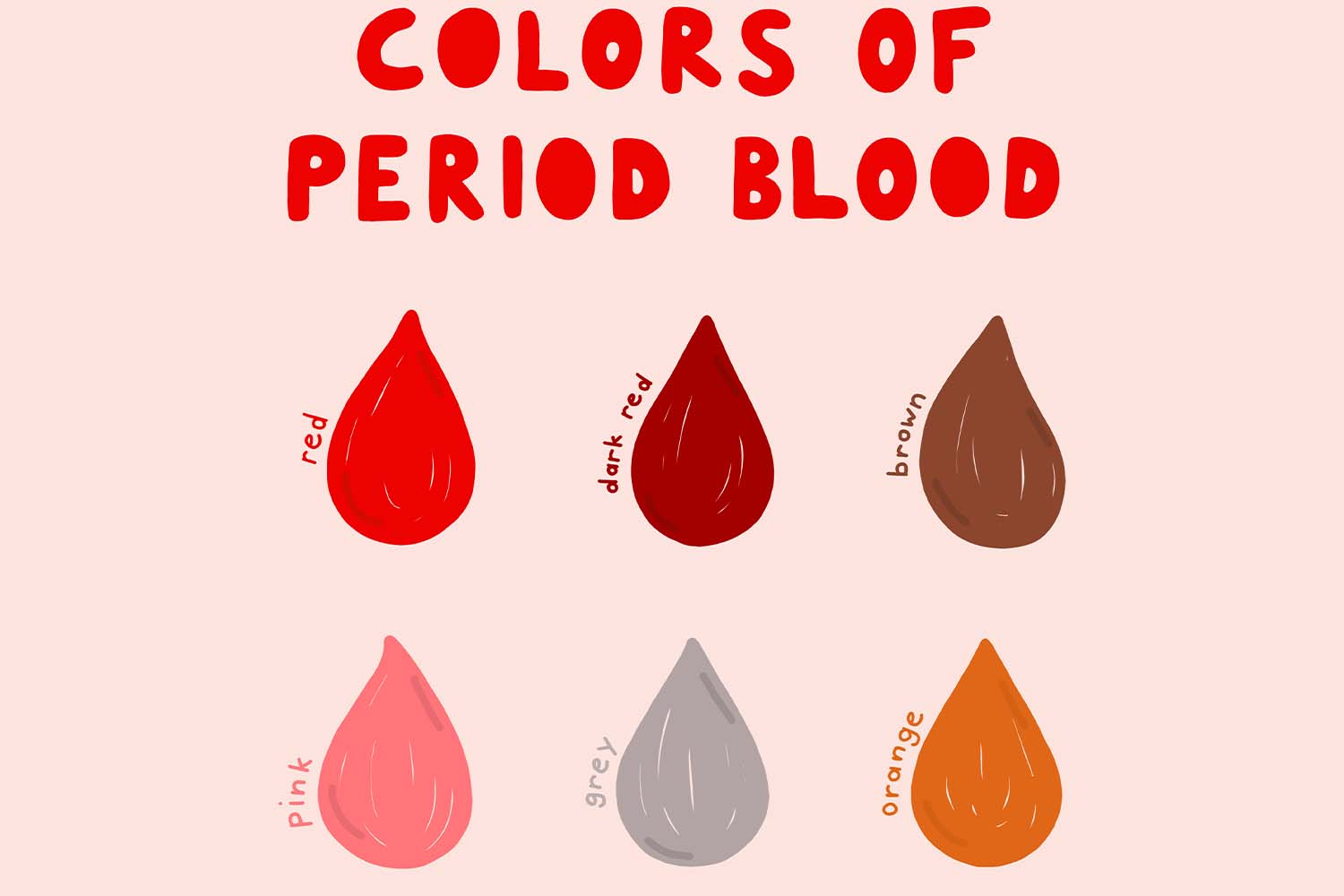Intrauterine devices, commonly referred to as IUDs, are among the most popular birth control methods among ladies worldwide. Many women love that it offers benefits that the pill can’t -- it’s a “set it and forget it” method of contraceptive, involving a one-time payment, and you don’t have to remember to take a little pill at the same time on a day to day basis -- what’s not to love?
If you’re thinking about joining the millions of women who prefer this method of birth control over the rest, there are a few things you should know. Read on to learn about the benefits, side effects, and complications of the IUD.
IUD 101: Everything You Need to Know
Shaped like a “T” and a little larger than a quarter, an IUD fits inside your uterus like a glove and is one of the safest, most effective methods for preventing unwanted pregnancy. While the IUD is an excellent choice for women or teens who don’t want a bun in the oven for at least one year, some ladies rely on IUDs for reasons other than birth control. For instance, one type of IUD can be used to treat heavy, painful periods or even anemia from heavy periods. They can also be useful for emergency contraception given that they’re effective immediately after placement and don’t require time for hormones to take effect.
There are two types of IUDs: copper (non-hormonal) and hormonal.
How Exactly Does an IUD Work?
Skyla, Liletta, Kyleena, and Mirana aren’t just great puppy names -- they’re the four brands of hormonal IUDs currently available.
Hormonal IUD: Sperm shall not pass
Hormonal IUDs release progestin levonorgestrel (LNG) and prevent unwanted pregnancy by:
- Thickening your cervical mucus so sperm can’t reach the egg.
- Making your uterus a pretty hostile environment for eggs and sperm to thrive, impairing any chance of implantation by inhibiting the sperm’s ability to swim up toward the egg.
- Thinning out the inner lining of your uterus, impairing implantation and also giving you lighter periods -- or sometimes no periods at all.
Hormonal IUDs can interrupt your monthly cycle -- so that’s good to keep in mind -- but most ladies won’t experience any changes to ovulation. Studies show that in the first year, around 45 percent of cycles were ovulatory for women using Mirena, 45 to 75 percent for those using Liletta, 88 percent for ladies using Kyleena, and lastly, 97 percent for women using Skyla (the latter two are both lower doses).
You might be wondering what makes each brand different, and although they’re all pretty similar, they do have some noticeable differences:
- The amount of hormone released: Skyla, for instance, releases 19.5mcg per day of progestin while Mirena releases 52.
- The size: Kyleena and Skyla are slightly smaller and have a narrower inserter, so insertion may be a little bit more comfortable -- which is all kinds of good.
- The approved length of use: Skyla is effective up to three years, Mirena and Kyleena up to five years, and Liletta for up to six. However, there are promising studies looking into the effectiveness of Liletta and Mirena for up to seven years.
Copper IUD: Sperm slayer
The other popular option is the copper IUD (brand name: Paragard). This IUD works by releasing copper ions into your cervix -- no hormones here. Copper converts your uterus into an anti-sperm environment for up to ten baby-free years.
Oh, and on top of all that, copper actually decapitates sperm… which is a pretty good guarantee that fertilization isn’t happening!
The Upsides, the Downsides, and the Good-to-Knows
Now that you understand the different types of IUDs and how they work -- let’s cover everything from the good, the bad, and the ugly so you can make the most informed decision for yourself.
First things first, why are IUDs increasing in popularity? Well, there’s actually a bunch of reasons:
- IUDs work. Yup, they are 99 percent effective. Studies have even shown that the IUD is comparable to female sterilization -- which is crazy -- with cumulative pregnancy rates at five years of <0.5 percent. What’s more, copper IUDs can even act as emergency contraception up to five days after unprotected sex.
- They are long-acting. Your IUD can stay in your body for three to ten years, depending on which type you decide to get. Think set it and forget it -- crockpot style.
- They don’t mess with estrogen. This means fewer side effects than the pill. Hormonal IUDs release a localized hormone -- the synthetic hormone progestin -- and copper IUDs don’t contain hormones at all.
- They are reversible. Once you decide you’re ready for something new (you know, like a baby), you can have your IUD removed, and you should be able to return to your normal cycle right away.
You may wonder why this birth control method hasn’t always been a fan favorite -- it seems pretty amazing, right? Well, there was a big controversy in the 70s and 80s that gave IUDs a pretty bad rep. It all had to do with the release of the Dalkon Shield -- a faulty IUD that let bacteria invade the uterus, causing infection, inflammation, and infertility. Not good.
The unfortunate incident put a huge damper on the USA’s trust in IUDs for years to come -- even to this day. Meanwhile, the rest of the world charged ahead. France, Scandinavia, and China kept on using their safe and effective IUDs.
We now have nearly thirty years of science to back up the fact that IUDs are effective but, most importantly, safe.
What are some of the side effects and complications of an IUD?
Although IUDs are an effective and safe birth control option -- they do have potential side effects:
Irregular bleeding: It’s common to experience a little irregular bleeding for the first few months of a hormonal IUD. You might bleed for three to four weeks, stop for a couple of days, then start bleeding again, and you may experience a little spotting. After those first three to six months, the bleeding should level out, but if you’re bleeding through a pad an hour, consult your doc.
Absent or lighter periods: For those on hormonal IUDs, monthly periods and cramping may lighten or stop altogether. While on the Mirena IUD, as many as 50 percent of women stopped having their periods after three years.
Hormonal side effects: Ladies with hormonal IUDs may experience an increase in acne, breast tenderness, mood swings, and headaches due to an increase in hormones. However, because IUDs release just 20 percent of the progestin found in oral contraceptives, these side effects are far less common. Additionally, hormonal IUDs don’t contain the hormone estrogen -- reducing the chances of hormonal side effects. If you do experience some mood swings, consider taking #Mood Pills from Love Wellness -- a targeted daily supplement for feeling like yourself again with mood-enhancing ingredients. Trust us; you’ll thank us later!
#Mood Pills® - Mood & PMS Supplements
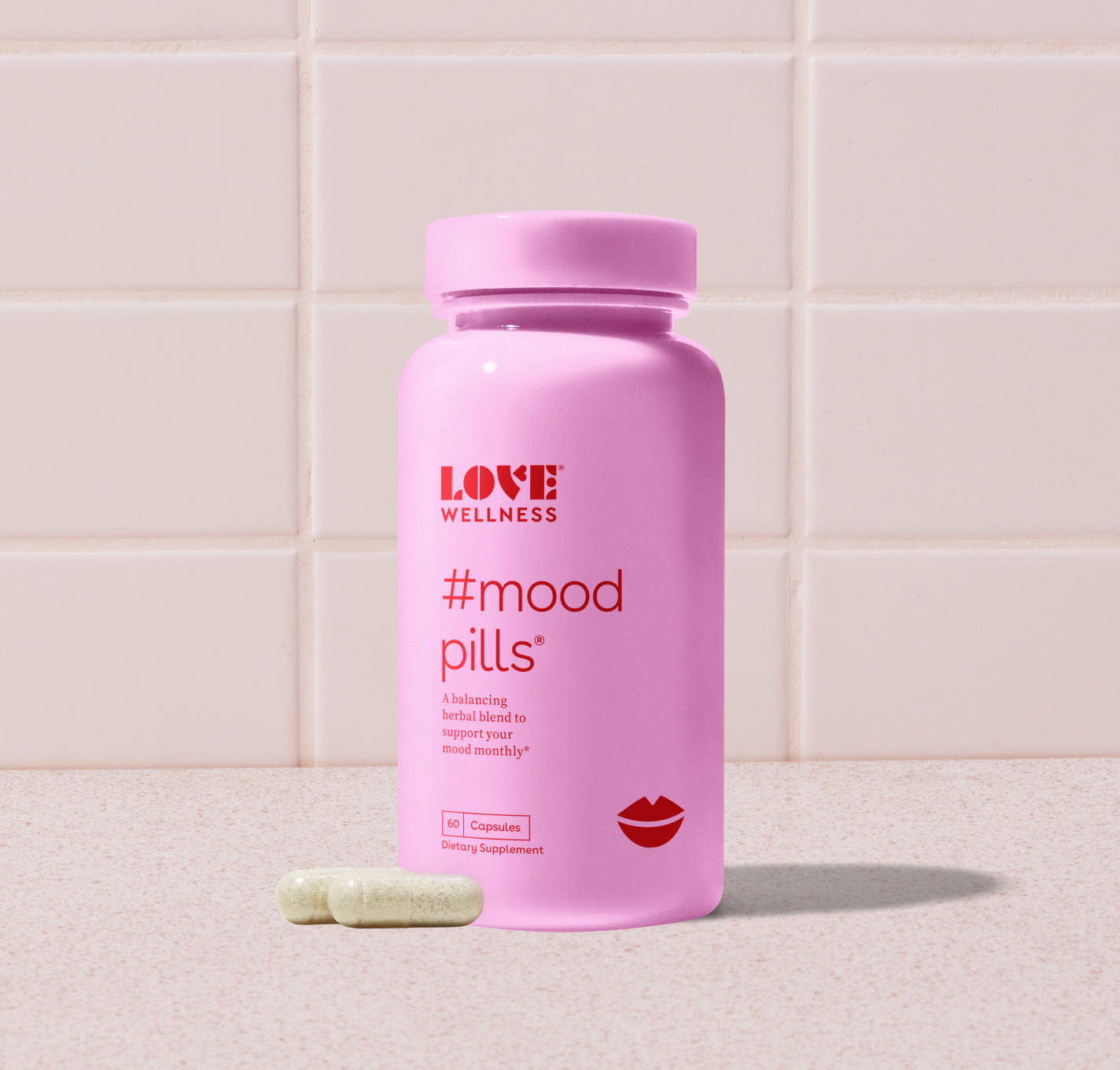
Or 4 interest-free payments with Klarna.
Available for orders above $35. Learn more
Heavy bleeding: While on the copper IUD, you may experience heavier or longer periods. But once your body adjusts to the IUD -- usually after three to six months -- this side effect should come to a halt.
Intense period cramping: You may experience intense cramps with a copper IUD as well, but similar to the bleeding, this should resolve in due time.
Increased risk of bacterial vaginosis (BV): Copper IUDs can put you at a greater risk for BV due to the heavier menstrual flow, which can deplete the “good” bacteria in your delicate vaginal microbiome. This can leave you more susceptible to infection. Thankfully, The Killer from Love Wellness can help -- a simple but powerful single-ingredient solution for maintaining healthy levels of vaginal bacteria and a balanced vaginal pH.
The Killer® (Boric Acid Suppositories)
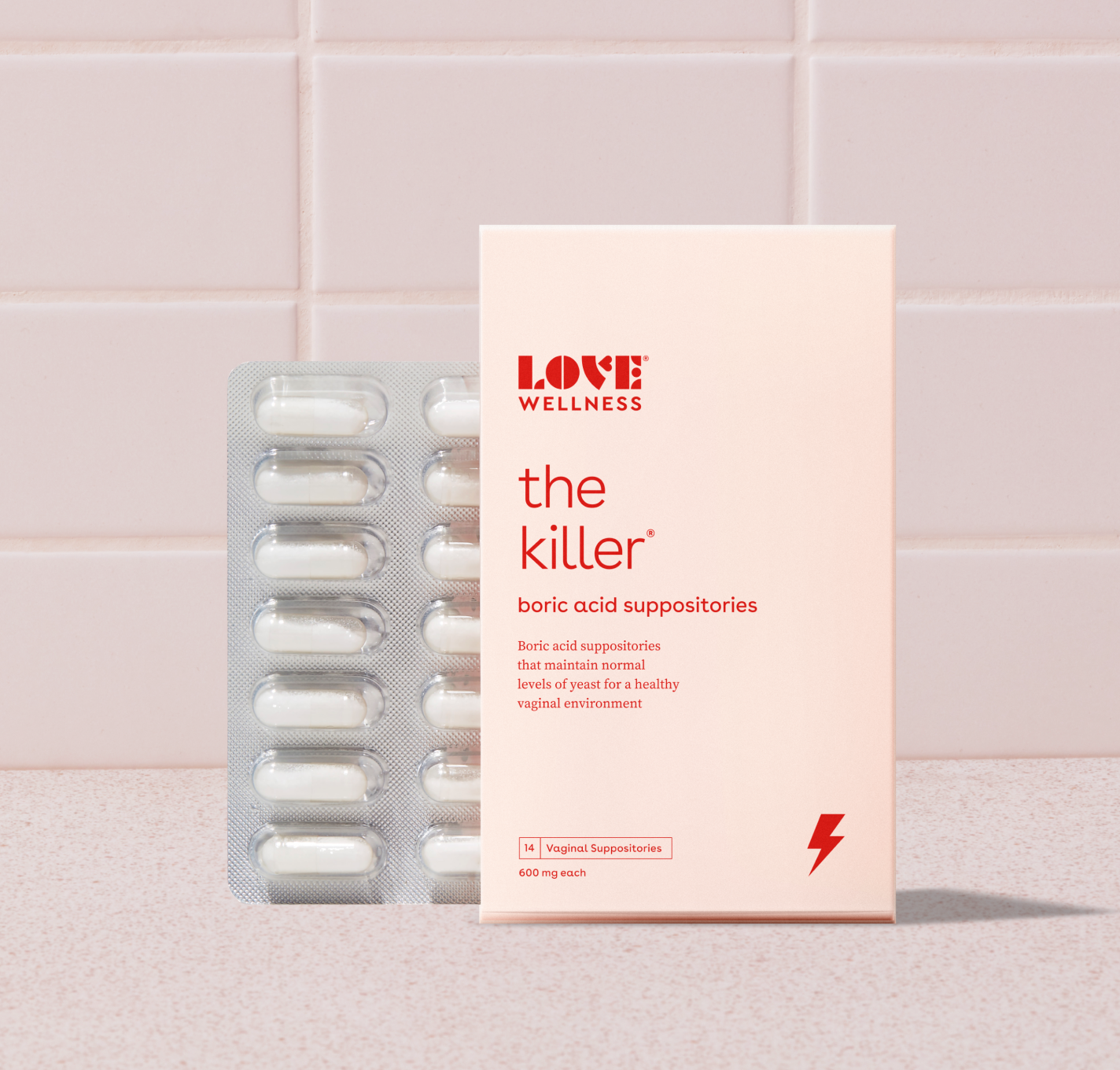
Or 4 interest-free payments with Klarna.
Available for orders above $35. Learn more
Flora Power™ Vaginal Probiotic Suppositories
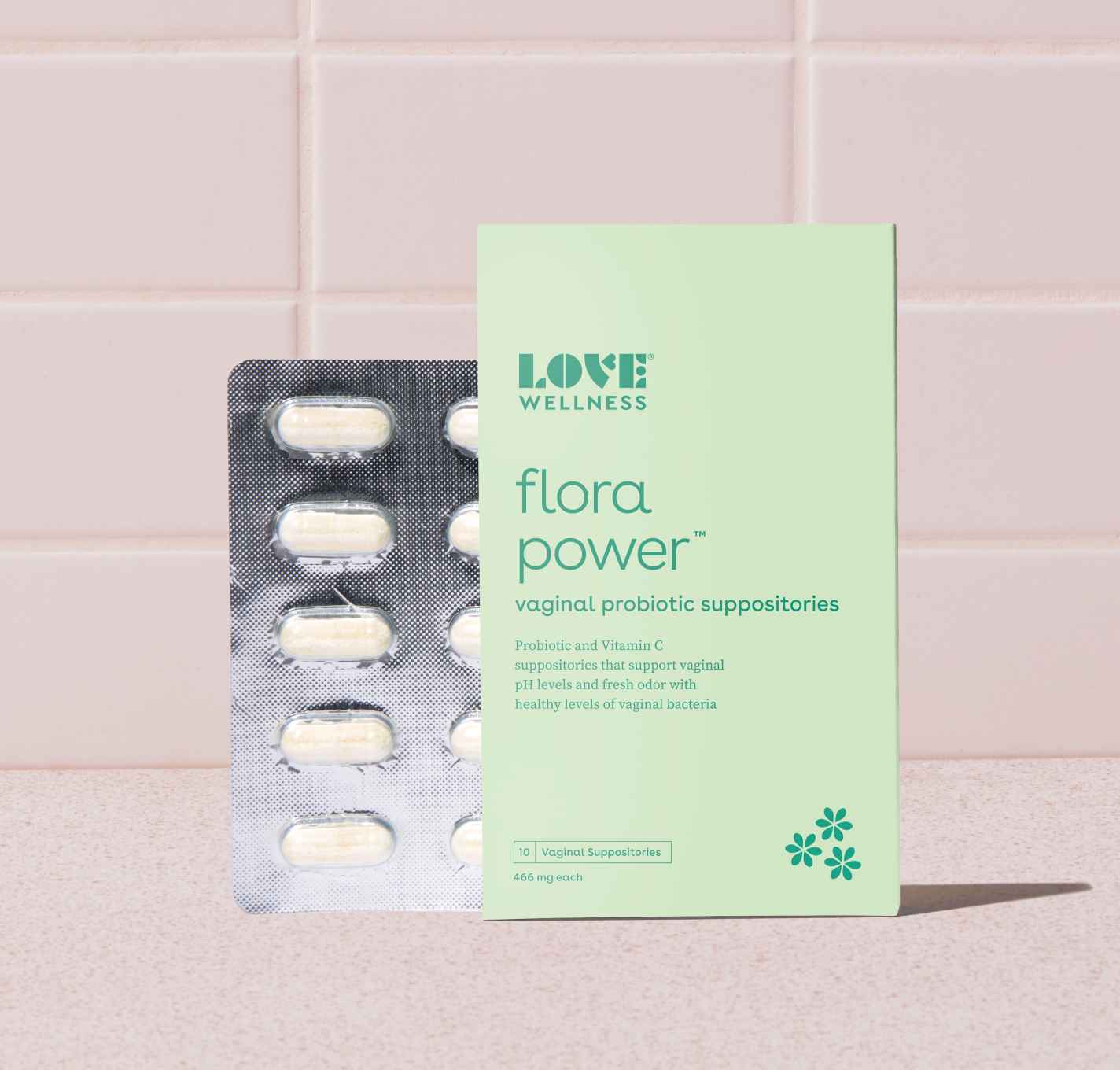
Or 4 interest-free payments with Klarna.
Available for orders above $35. Learn more
A Final Word
While an IUD is an undeniably safe form of contraception for most people, it’s important to take into account the side effects. Both the copper and hormonal IUD may cause a little spotting, irregular bleeding, and cramping, but this tends to resolve after a few months.
Also, be sure to check out our great selection of products for women’s wellness. From your vagina health, to your gut health, to better sex and better mood, we’ve got your back at Love Wellness!
For clean products based on science and with what you want in mind, head on over to Love Wellness today! You’ll be glad you did.
Sources:
Review General gynecology Contraceptive efficacy of intrauterine devices (sciencedirect.com)
How Does the Copper IUD Work as Emergency Contraception? (plannedparenthood.org)
Return to fertility after IUD removal for planned pregnancy (sciencedirect.com)
Trends in Contraceptive Use Worldwide 2015 (un.org)
ParaGard® (Copper IUD) (my.cleveland.org)
Do the Benefits of an IUD Outweigh the Potential Side Effects? (health.clevelandclinic.org)
Impact of contraceptive initiation on vaginal microbiota (sciencdirect.com)
The Dalkon Shield | The Embryo Project Encyclopedia (embryo.asu.edu)


